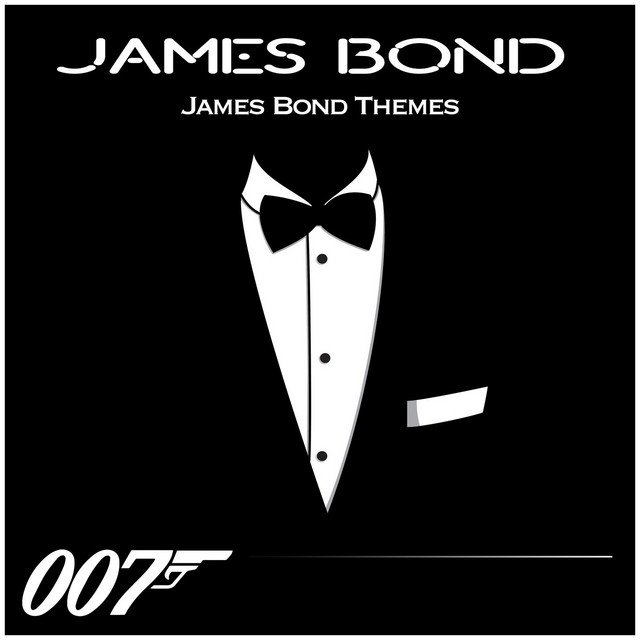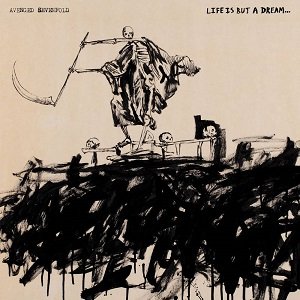Rachel Zegler’s Lucy Gray Baird: Performing for Survival
/Last week, I went to see The Hunger Games: A Ballad of Songbirds and Snakes. I read the entire series when I was young but I hadn’t got around to reading the prequel yet, and I went in with pretty high expectations. It was an okay movie. I never felt particularly blown away by the action or the visuals. But, one thing that was good on all fronts was the acting. Some incredible performances were turned in with this film, and none quite as spectacular as Rachel Zegler’s performance as a homegrown musician turned fighter, Lucy Gray Baird.
The first important thing about Lucy Gray Baird is that she is a performer. She’s introduced to us standing in line for the reaping, wearing a brightly coloured ballgown-esque dress, getting her name called as tribute. After causing a little mischief by dropping a snake down the mayor’s daughter’s dress, and consequentially being hit by the mayor, we see Lucy Gray sing her first song. On stage, before the Peace Keepers can take her away, Lucy Gray gives us the first three verses of “Nothing You Can Take From Me”. It’s a powerful song about self-identity and poverty, and it also serves as scathing foreshadowing for her relationship with Snow.
After getting carted to the Capitol, we start to see Lucy Gray’s star potential really come through as she reveals her country charm. Her mentor, future president Coriolanus Snow, tells Lucy Gray that the best way for her to survive the games is to perform. Lucy Gray responds that maybe she’d be more inclined to perform if he could get her a guitar. And, he does. After a scene where the arena gets bombed, Lucy Gray has her first tribute showcase and she performs her second song of the film, “The Ballad of Lucy Gray”. Hauntingly beautiful, this song is where public opinion of Lucy Gray begins to change. Snow observes as the people around him watching the performance are moved to tears by Lucy Gray’s powerful emotional torrent.
After this, the games begin. Even if I wasn’t only here to highlight Lucy Gray as a musician, the games aren’t very exciting anyway. Aside from a few key moments, the dramatization and stretched-out battle royale of the original series isn’t here. It’s the ending of the games where things are most interesting. In response to an insurgent attack against some Capitol residents, game maker Dr. Gaul releases a tank of hyperaggressive venomous snakes into the arena. Snow cheats to ensure Lucy Gray’s survival but she is unaware, and gives us her third song in a bid to calm the snakes down. “The Old Therebefore” is an incredible performance filled with desperation, with the striking imagery of Lucy Gray covered in snakes, truly believing she will die if she stops singing.
The next time we see Lucy Gray is back in District 12 after she’s won the games. We get another rendition of “Nothing You Can Take From Me” before she and Snow have a private meeting out in the countryside. We get Lucy Gray’s fourth song here, “The Hanging Tree”. It’s referring to a scene where a man was executed by Peace Keepers, and it’s potentially the most important song in the movie. In the future, Katniss will turn this song into a revolutionary call. But in this movie, it’s not angry or defiant, it’s sad. The somber melody is backed by Lucy Gray playing her guitar, mourning all of the violence and death she’s been forced to witness.
From there, Lucy Gray has one final song to sing for us. Simply titled “Lucy Gray”, it’s a two-part lament on her own status as a legend. She talks about a mythic version of herself, charming the world and leaving them all guessing as to who she truly is. She talks about the way she disappeared from the public eye after the games ended. This effectively foreshadows the movie’s ending, where Lucy Gray disappears never to be seen again, and the audience is left unsure of whether she’s even alive. This song is meta, almost self-aware, and it’s a gorgeous, bittersweet performance. All in all, it is a fitting end for the legendary Lucy Gray Baird.
Jack is an aspiring writer in Algonquin’s Professional Writing program. He resides in Ottawa, Ontario despite absolutely despising the cold. His main interests are movies, food, and politics. He hopes to give you some insight into the world of film scores and soundtracks.




































































